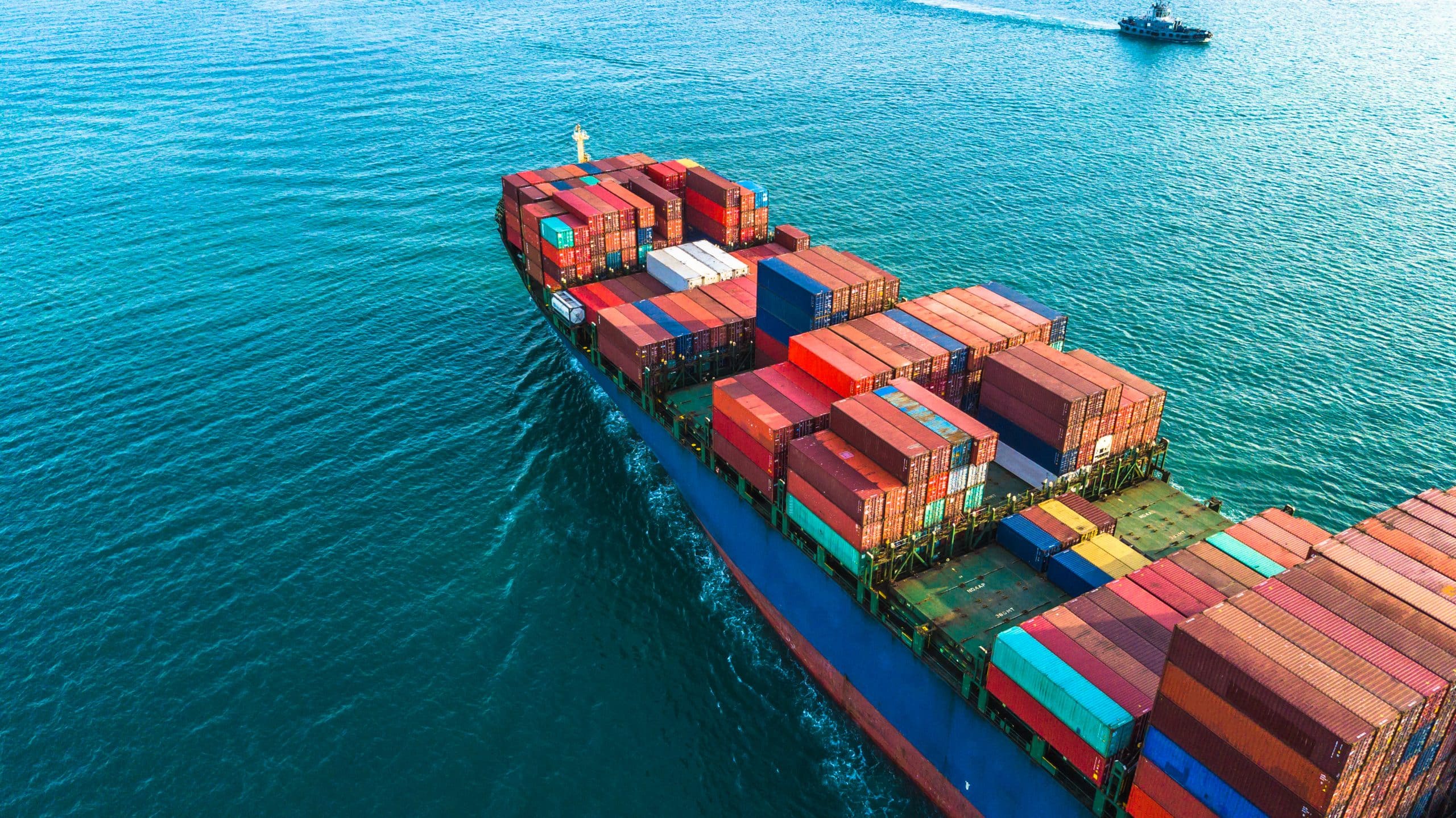by Arvind Gupta | June 23, 2021
As most of the world is beginning to come out of a Covid-19 induced haze, it has become fashionable and quite frankly easy to take potshots at the most ingenious, cost-saving, productivity-enhancing, and wealth-generating innovation of the last century: supply chains.
With the advent of globalization in the ‘90s and the resultant breaking down of barriers to enable cross-country flows of capital, goods and humans over last three decades, supply chains have become more intricate, interconnected and globally dispersed in the relentless pursuit of efficiency. Most global companies have supply chains comprising a vast network of tier-1 primary suppliers, and tier-2 suppliers supplying components to tier-1 suppliers. Dun & Bradstreet recently reported that 938 Fortune 1000 companies have tier-1 and tier-2 suppliers in Wuhan, the epicenter of the initial Covid-19 outbreak.
During the early stages of the pandemic, people and governments the world over were horrified by the scramble for daily essentials, masks, testing kits and much more. But after the initial hoarding of toilet paper, pasta and cans of beans, global supply chains for “essential goods” stood resilient in response to the pandemic’s demand surge.
According to a recent study by The Economist, China’s mask output rose by ten times and the $8-trillion global food supply chain rapidly adapted, keeping local supermarkets stocked across the world. Despite the initial rhetoric about hoarding supplies by global producers of vaccines, the projected surge in the supply of jabs is nothing short of an astounding human achievement. Arguments over the global allocation of doses notwithstanding, global networks are slated to supply over 10 billion shots of new vaccines this year.
As the calls for self-reliance and domestic supply chains are getting louder, it’s important to consider the scale of investment needed to build supplier networks and related local clusters for everything from labor to materials to production for which the supply chains could easily span a network of thousands of suppliers. Governments could subsidize or leverage tariffs to support the spawning of domestic supply chains, but the related monumental costs would inevitably be passed on to consumers potentially raising the price of everything from phones to apparel and footwear.
National security matters, but it will be a mistake to embark on a path to self-reliance at the expense of efficiency. Instead, governments and private-sector companies should examine supply chains critically, stress test their resilience and agility for future global shocks, and build out a long-term plan for pivoting towards diverse sources of supply especially for procuring critical inputs to relieve choke points across entire supply chains.
In the short term, companies should engage holistically with their suppliers, share real-time customer demand data, continuously monitor their production capacity and supply of input materials so as to proactively resolve any delivery issues.
In the end, even the saga of Ever Given getting wedged in the Suez Canal, one of the popular pandemic narratives of the ills of the global supply chain, will be nothing but a blip in the global trade statistics.
